Optimal monitoring with unique fire alarm (fire detection and early warning)
Temperature Monitoring in Power Plants and Nuclear Power Plants
Distributed fiber optic temperature sensing technology has significant applications in power plants and nuclear power plants.

Power plants are facilities used for electricity generation and can utilize various forms of energy such as coal, natural gas, nuclear power, hydropower, wind power, etc. Power plants typically consist of generator units, boilers, steam turbines, transformers, and other auxiliary equipment. These equipment generate heat during operation and require temperature monitoring and management to ensure their proper functioning and safety.

Nuclear power plants are facilities that generate electricity using nuclear energy. The nuclear reactor is the core component of a nuclear power plant, where heat generated by nuclear fission is converted into steam to drive a steam turbine for electricity generation. Temperature management is crucial in nuclear power plants to ensure the safety and stability of the nuclear reactor, avoiding overheating and damage to nuclear fuel.
Solution:
Distributed fiber optic temperature sensing technology can provide important solutions in power plants and nuclear power plants to ensure the safe operation of equipment and effective temperature management.
Fiber optic deployment: Distributed fiber optic sensors are installed in key equipment and systems of power plants and nuclear power plants, such as generators, boilers, transformers, steam pipelines, and nuclear reactors. The fiber optic cables can be in contact with the surfaces or surrounding environments of the equipment to sense temperature changes.
In power plants and nuclear power plants, the fiber optic deployment for distributed temperature sensing technology needs to take into account the characteristics of different equipment and systems. The following are possible fiber optic deployment methods:
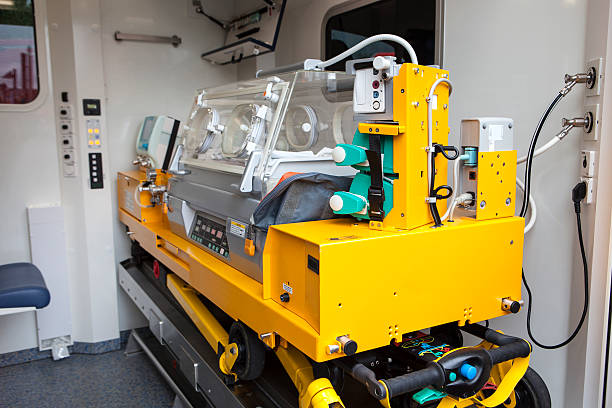
Translation: Generators: Fiber optic sensors are deployed on the stator and rotor of the generators. The fiber optics can be in contact with the stator windings and the surface of the rotor to monitor the temperature changes of the generators.
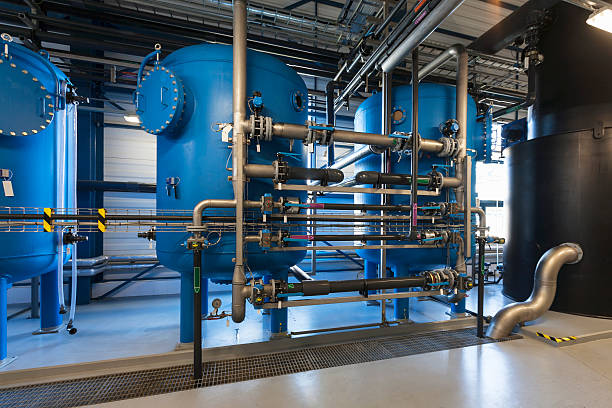
Boiler Systems: Fiber optic sensors are installed on the pipes and furnace walls of the boiler system. The fiber optics are in close contact with the surfaces of the pipes and furnace walls to detect temperature changes in the boiler system.
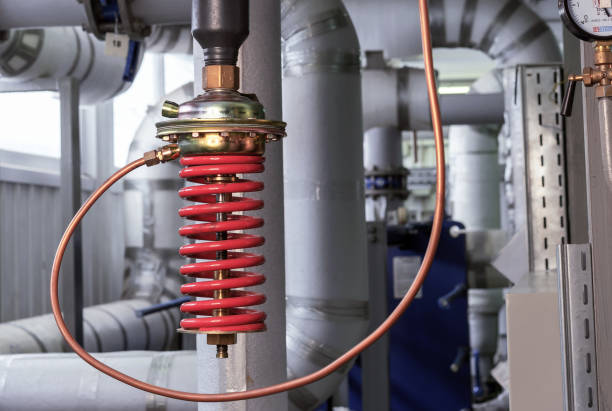
Transformers: Fiber optic sensors are installed on the windings, oil tank, and cooling devices of the transformer. The fiber optics are in contact with the surface or surrounding environment of the transformer to monitor temperature changes.
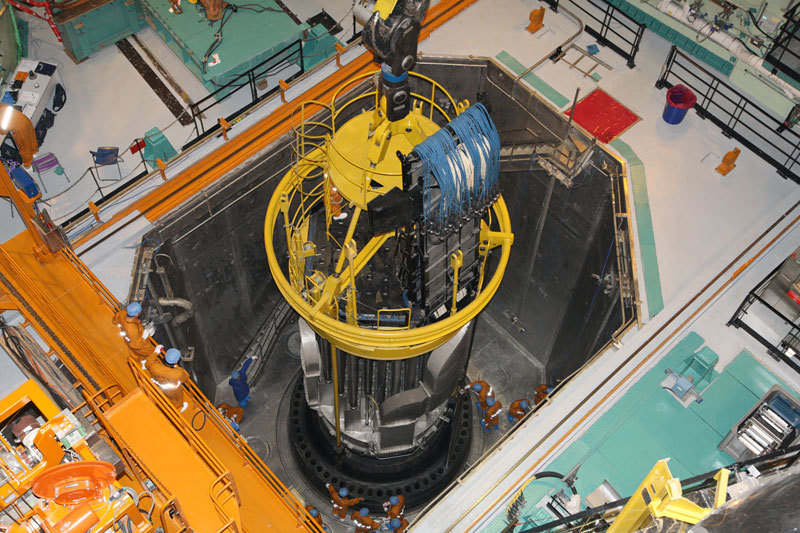
Nuclear Reactor: Fiber optic sensors are installed on the fuel elements, cooling systems, and reactor pressure vessel of the nuclear reactor. The fiber optics are in contact with the relevant components of the reactor to monitor the temperature in real time.
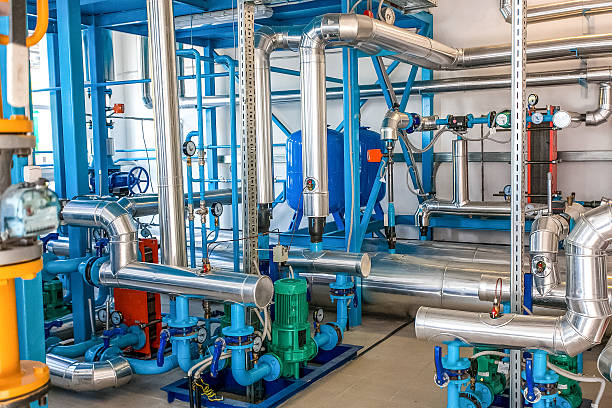
Auxiliary Systems: Fiber optic sensors are installed on the pipes, valves, and cooling equipment of the auxiliary systems. The fiber optics are in contact with the surface of the pipes and equipment to monitor the temperature changes in the auxiliary systems.
When installing the fiber optics, it is important to ensure good contact between the fiber and the monitored objects and use appropriate fixation methods to ensure the accuracy and reliability of temperature sensing. Environmental factors such as temperature, humidity, and corrosion should also be considered when deploying the fiber optics, and fiber materials that are resistant to high temperatures and corrosion should be selected.
By properly deploying fiber optic sensors in power plants and nuclear power plants, real-time temperature monitoring and management of critical equipment and systems can be achieved, improving the safety and reliability of the equipment and ensuring the stable operation of power generation and nuclear energy production processes.
Real-time Monitoring: By using distributed fiber optic temperature sensing technology, real-time monitoring of temperature changes in the connected equipment and systems is achieved. The fiber optic sensors acquire temperature data with high accuracy and fast sampling rate and transmit it to the monitoring system for real-time analysis and recording.
Temperature Warning and Anomaly Detection: The monitoring system can continuously monitor the temperature and trigger warnings and alarms in case of temperature anomalies or exceeding predefined thresholds based on the requirements and thresholds of the equipment and systems. This allows timely notification to the operators for inspection and maintenance, preventing potential failures and accidents.
Heat Load Analysis and Optimization: By analyzing the temperature data captured by the sensors and considering the equipment load and operational parameters, heat load analysis and optimization can be performed. This helps evaluate the working conditions and heat load of the equipment and enables appropriate adjustments to improve efficiency and extend the equipment's lifespan.
Fault Diagnosis and Maintenance: Distributed fiber optic temperature sensing technology provides precise localization of temperature anomalies in the equipment and systems. By analyzing the temperature data, operators can diagnose potential faults and develop maintenance plans accordingly. This facilitates timely identification of problems, reduces downtime, and minimizes maintenance costs.

Distributed fiber optic temperature sensing technology offers advantages in terms of high accuracy, real-time monitoring, and remote monitoring, making it suitable for various complex and high-temperature environments. It can be applied to a wide range of equipment and systems such as generators, boilers, transformers, steam pipelines, and nuclear reactors, providing comprehensive temperature monitoring and management. By deploying fiber optic sensors in critical equipment and systems, temperature changes can be sensed in real time, providing precise temperature data to help operators monitor the working status and temperature distribution of the equipment. This helps in early detection of temperature anomalies, faults, or potential issues, enabling appropriate maintenance and repair measures to be taken to ensure the safe operation of the equipment.





